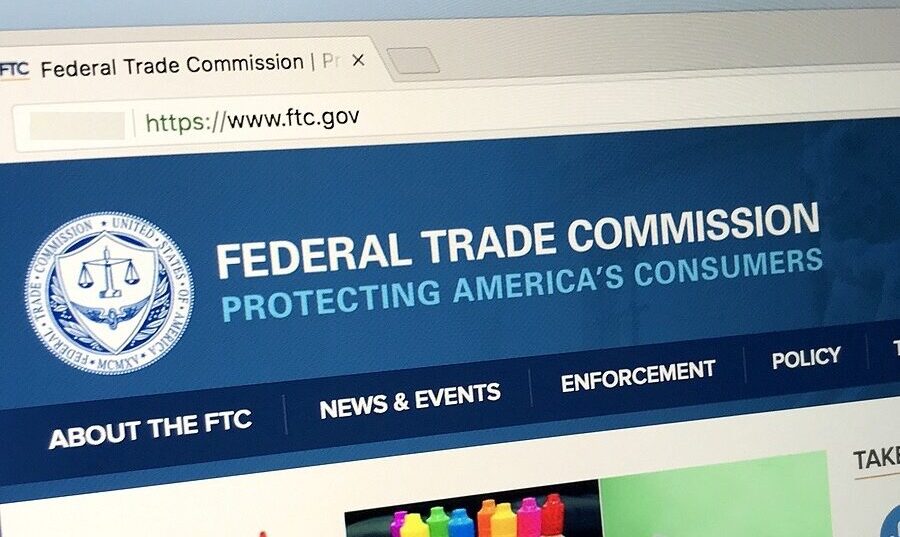
8 Elements of the Cancellation Process that Increase Retention
As part of our “Best of Subscription Show” members-only series, we’ll look back at some of our most popular speakers and sessions and share key takeaways that show why this information remains relevant and how you can use it to grow your subscription business or inform your decision-making. In this article, Robert Skrob, founder of Membership Services Inc, shares his insight on how to create a cancellation process that helps retain subscribers or win them back. Robert Skrob, Membership Services ...
HELLO!
This premium article is exclusively reserved for Subscription Insider PRO members.
Want access to premium member-only content like this article? Plus, conference discounts and other benefits? We deliver the information you need, for improved decision-making, skills, and subscription business profitability. Check out these membership options!
Learn more about Subscription Insider PRO memberships!
Already a Subscription Insider PRO Member?
Please Log-In Here!
- Filed in Start Here, Subscriber Only, Subscriber Retention








